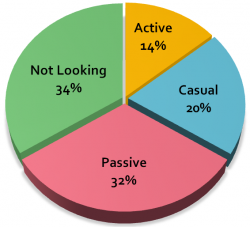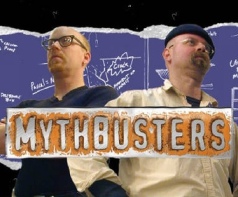You know what they say about first impressions?
Do you ever wonder what people think of you based on the emails, InMails, voice mails, LinkedIn group posts, and other messaging efforts you undertake to make an initial contact with potential candidates?
You should.
Do you think they feel that they can get a sense of your competence as a recruiter from your messages?
I do.
In fact, I know they think they can, and the scary part is that they might be right more often than not.
Unfortunately, when crafting messages, many sourcers and recruiters never take any time to think about exactly how their outreach efforts will be received and perceived.
Although unacceptable, to some extent this makes sense.
The people who would likely have the worst reaction to your messaging efforts are the ones that won’t take the time to let you know how poorly your efforts were received. So in the absence of any feedback, it’s all too easy to assume everything is okay. After all – if no one tells you your messaging stinks, how would you know?
Unknowingly poor messaging is no doubt perpetuated because the consequences are rarely felt, let alone seen.
Wouldn’t it be great to know how your messaging efforts were perceived by all of the people who’ve never responded to you?
I think I have found an interesting example. Continue reading






 When most people talk about “passive recruiting,” they’re referring to the practice of targeting and recruiting so-called “passive candidates” – people who are not actively looking to make a move from their current employer.
When most people talk about “passive recruiting,” they’re referring to the practice of targeting and recruiting so-called “passive candidates” – people who are not actively looking to make a move from their current employer. In response to my recent post about
In response to my recent post about